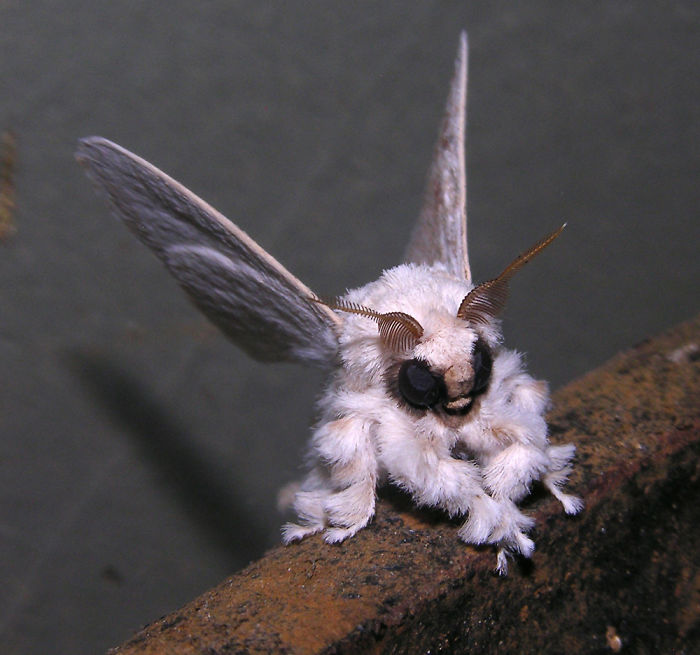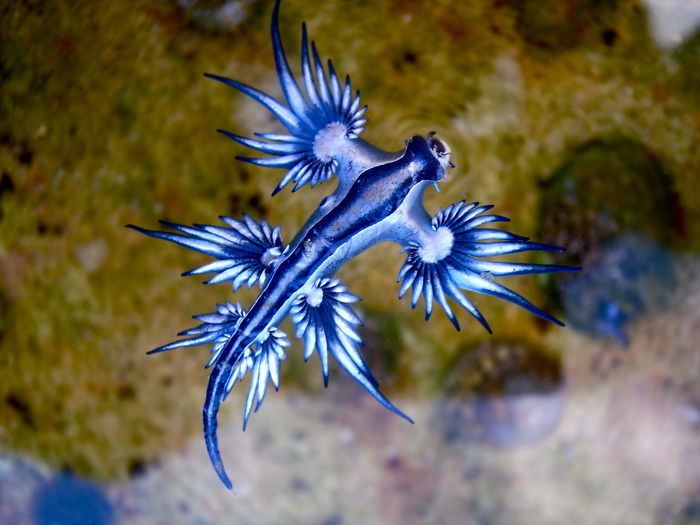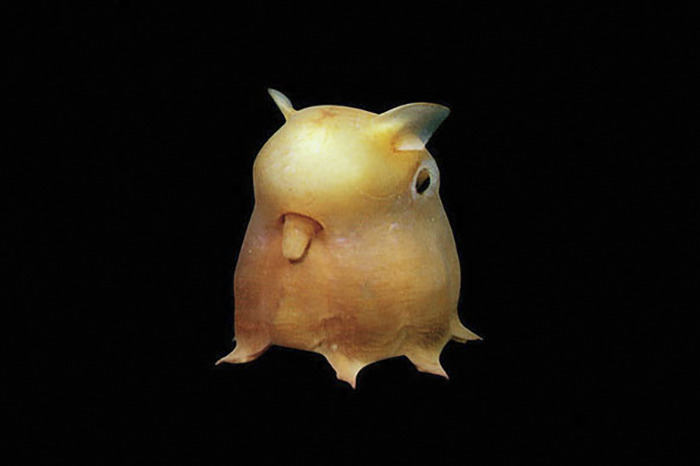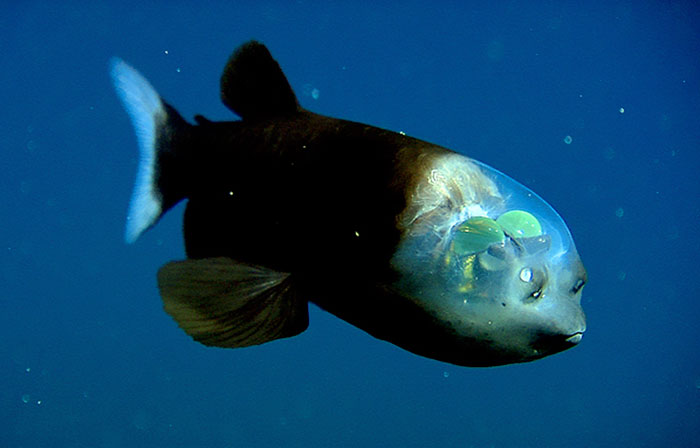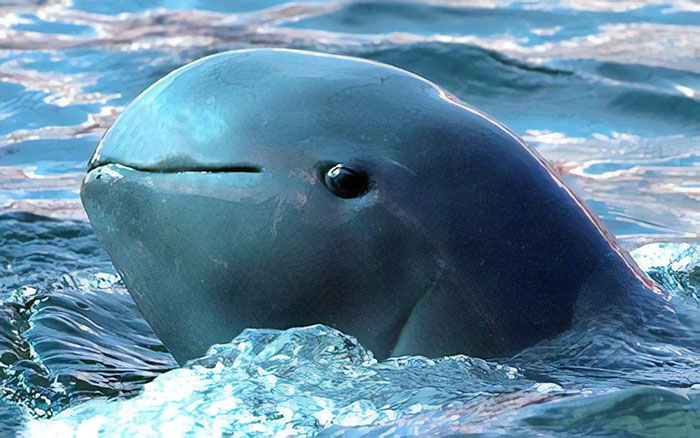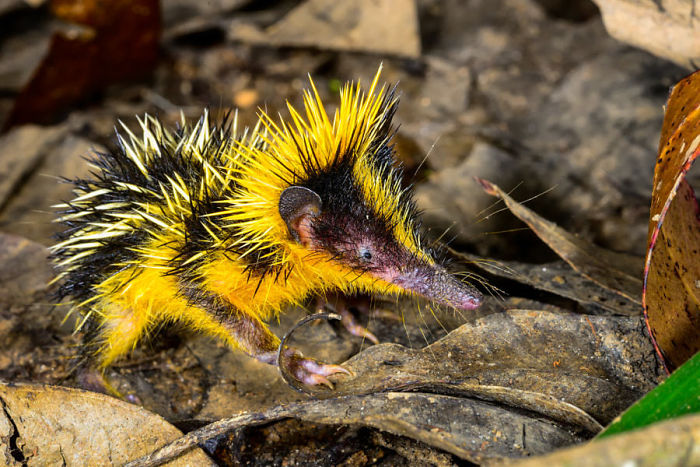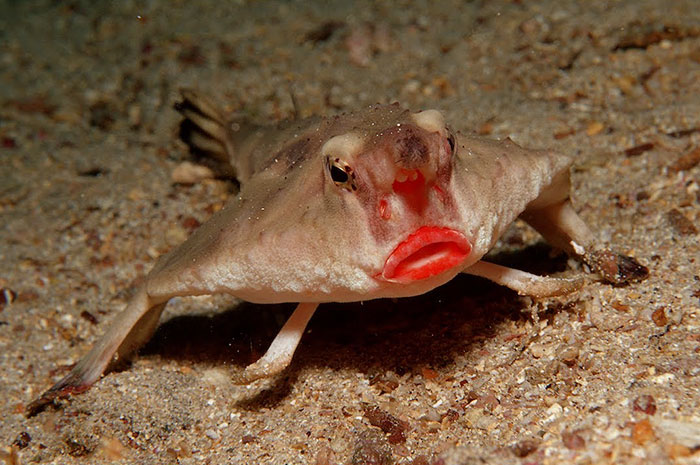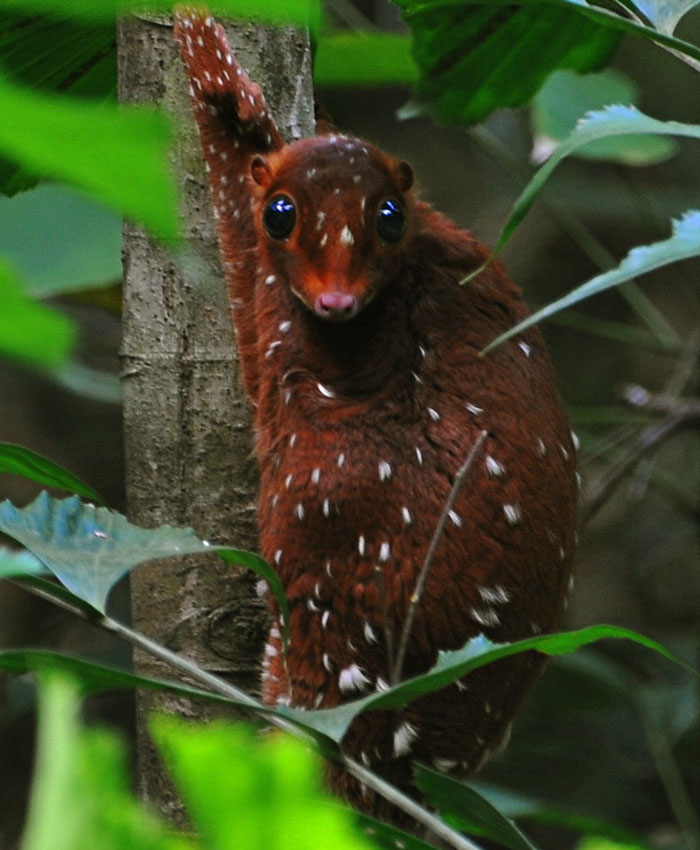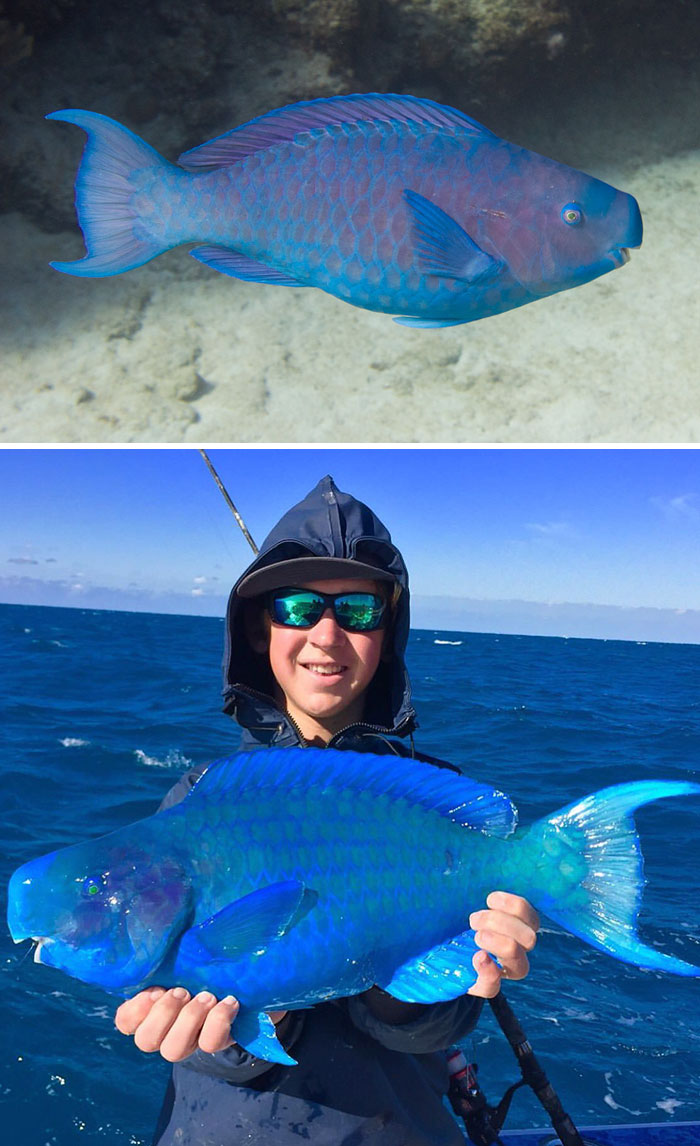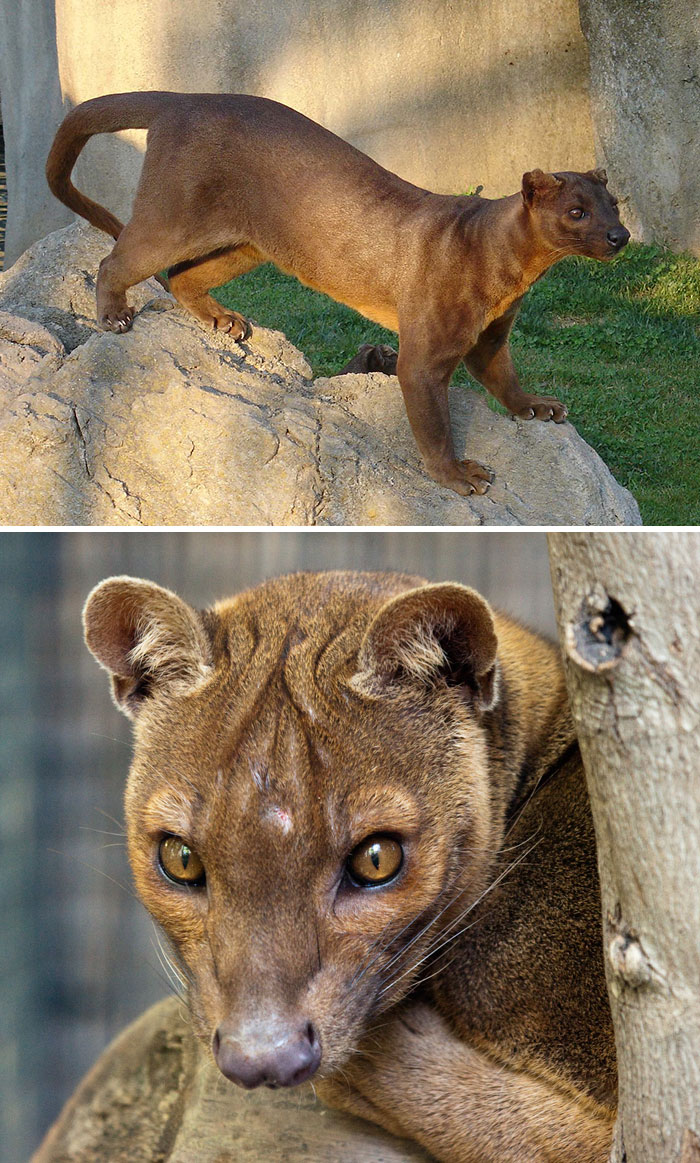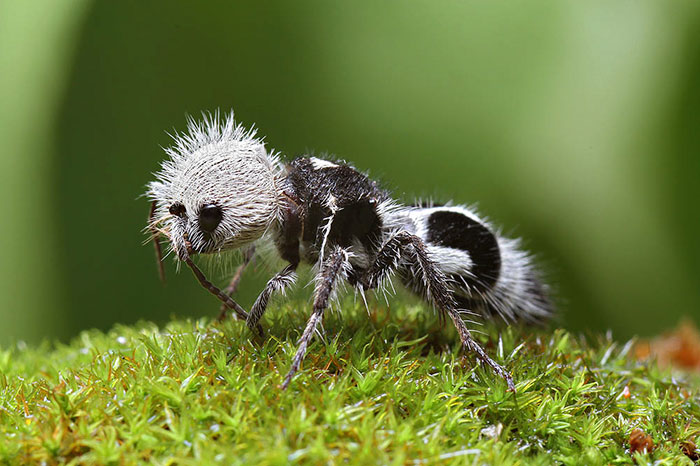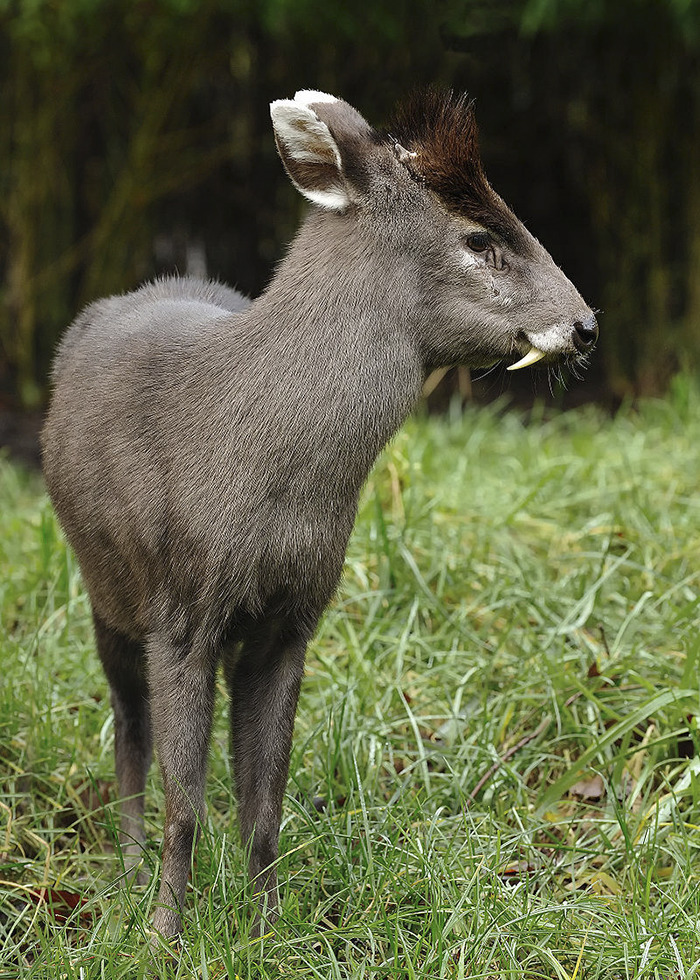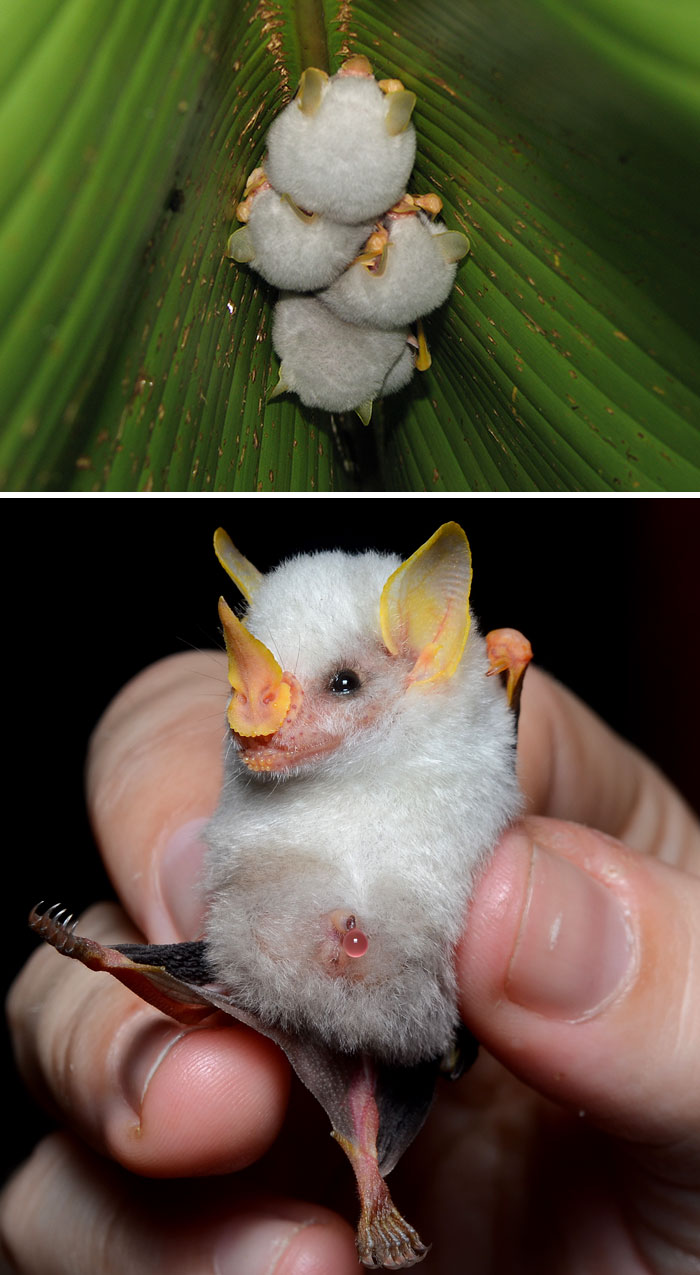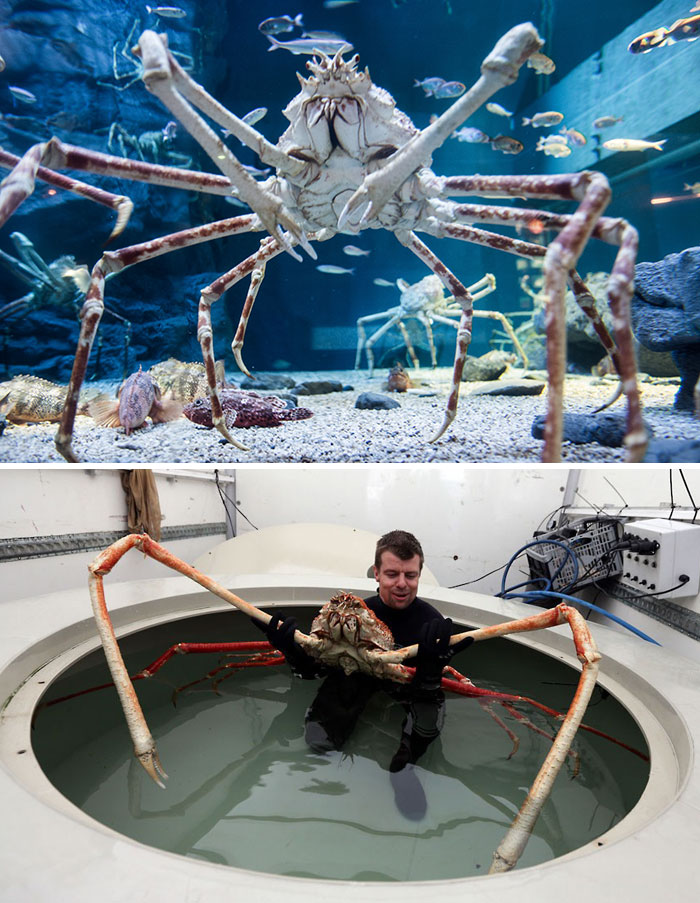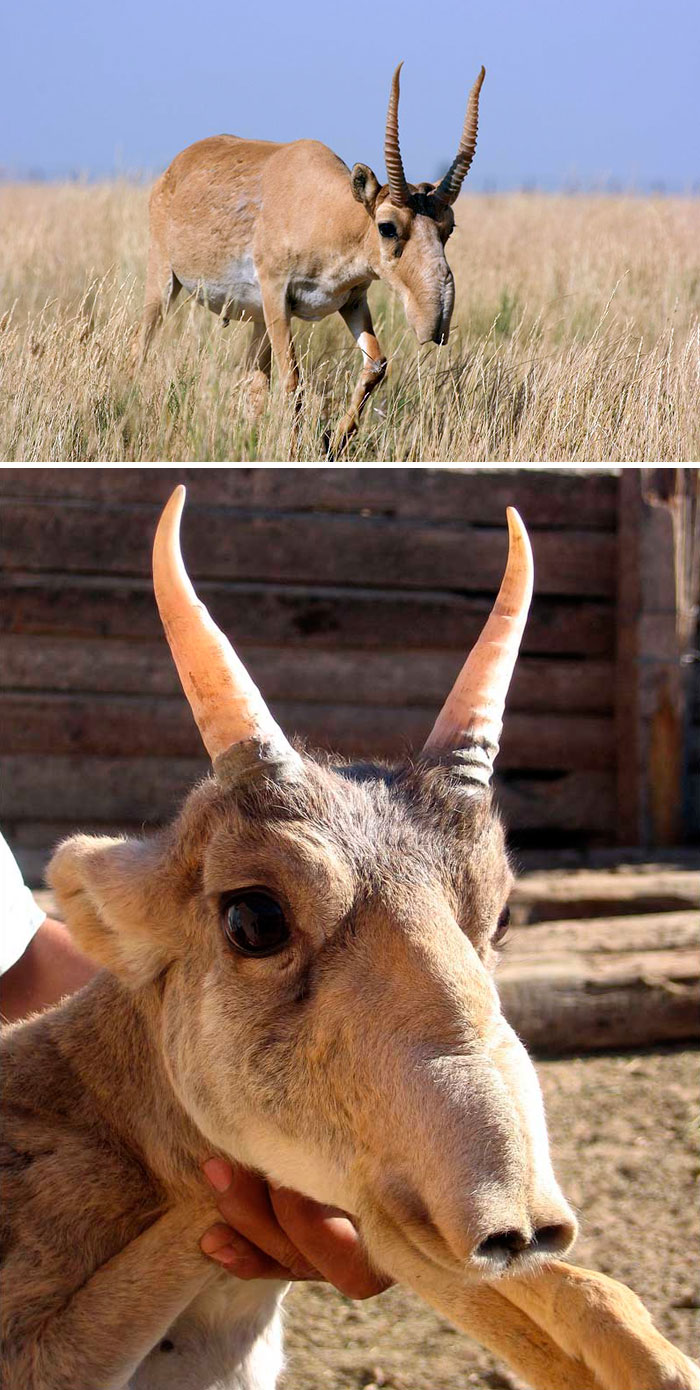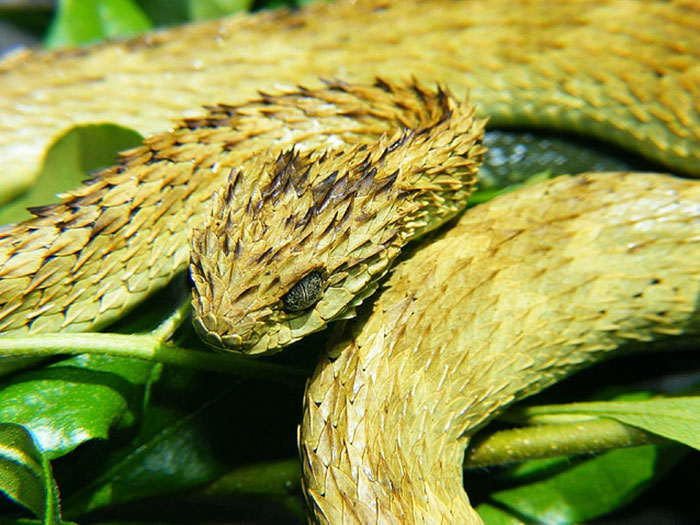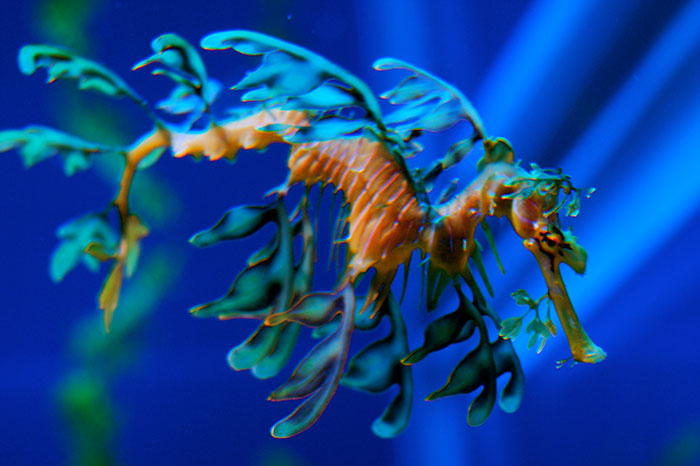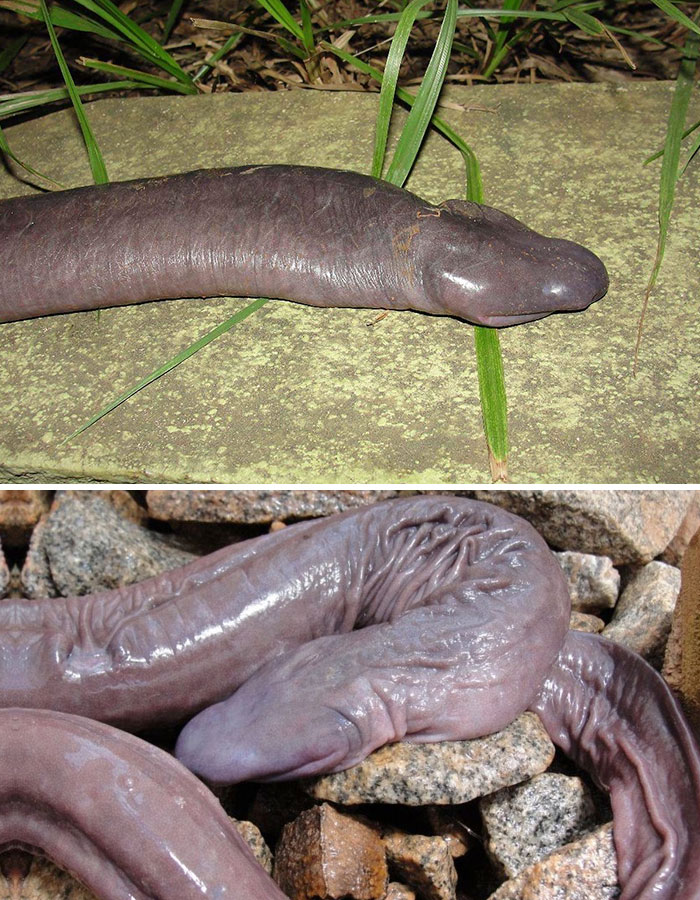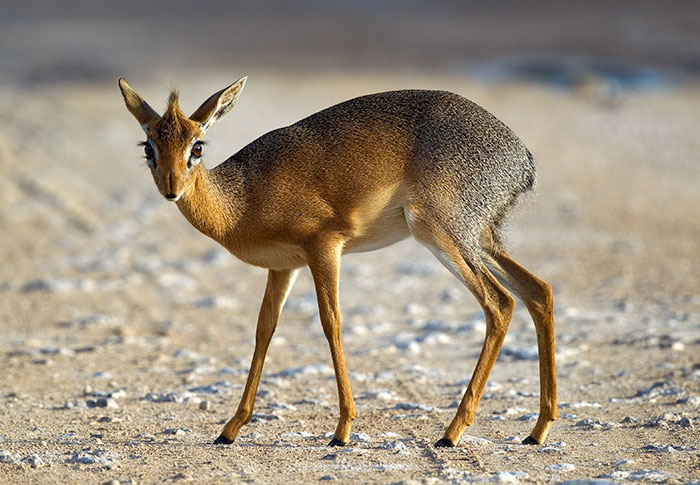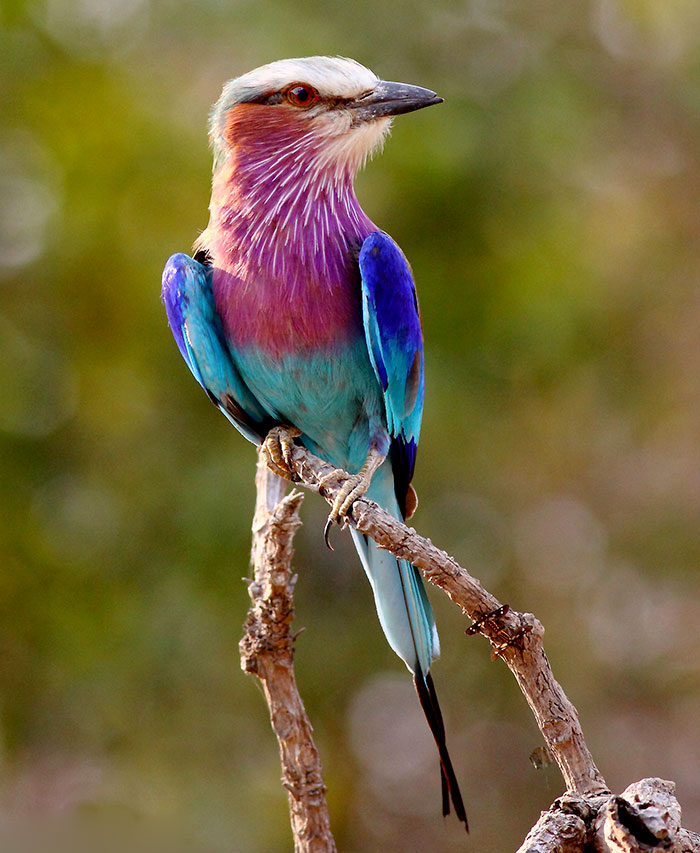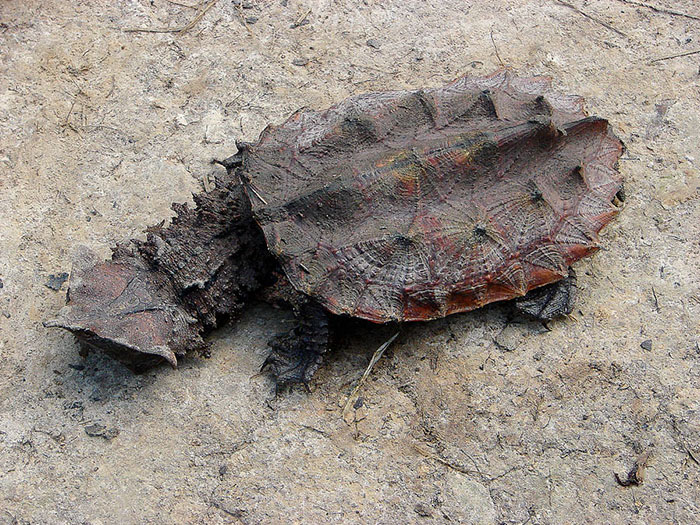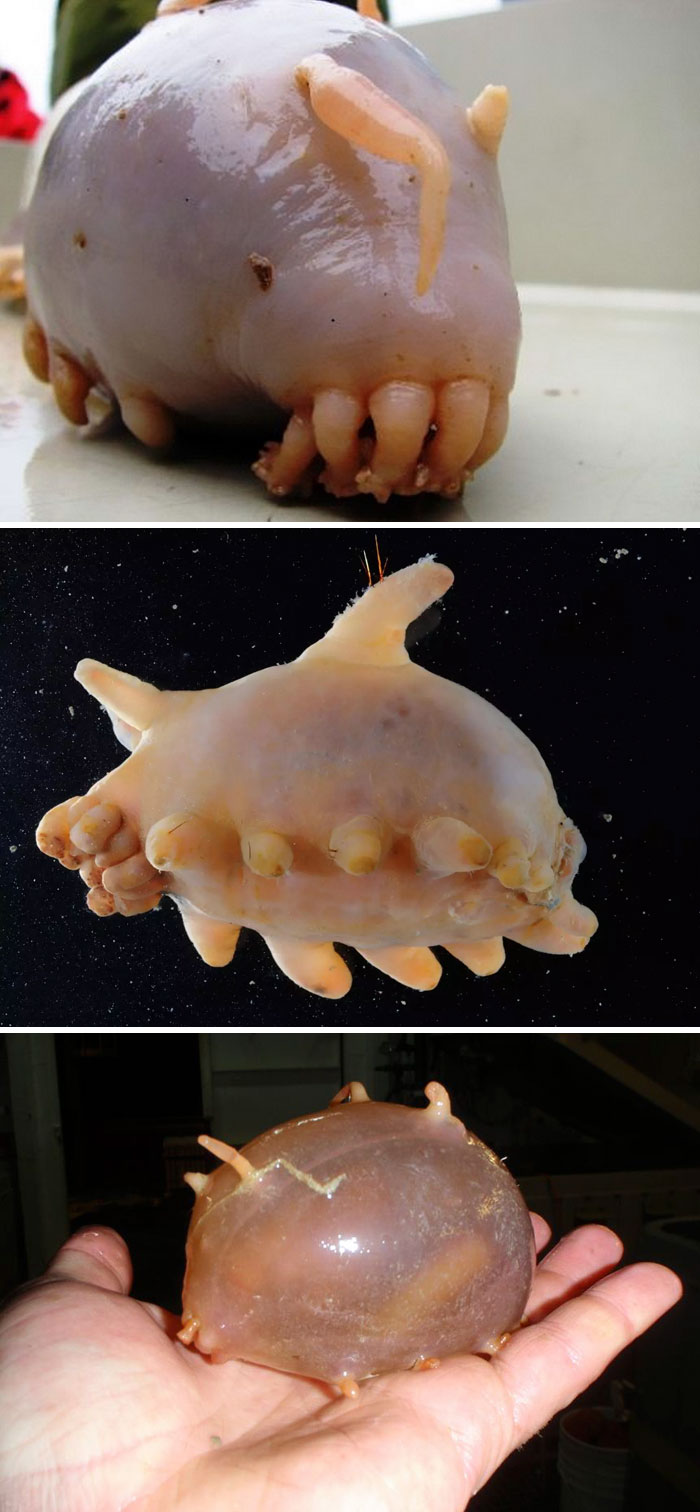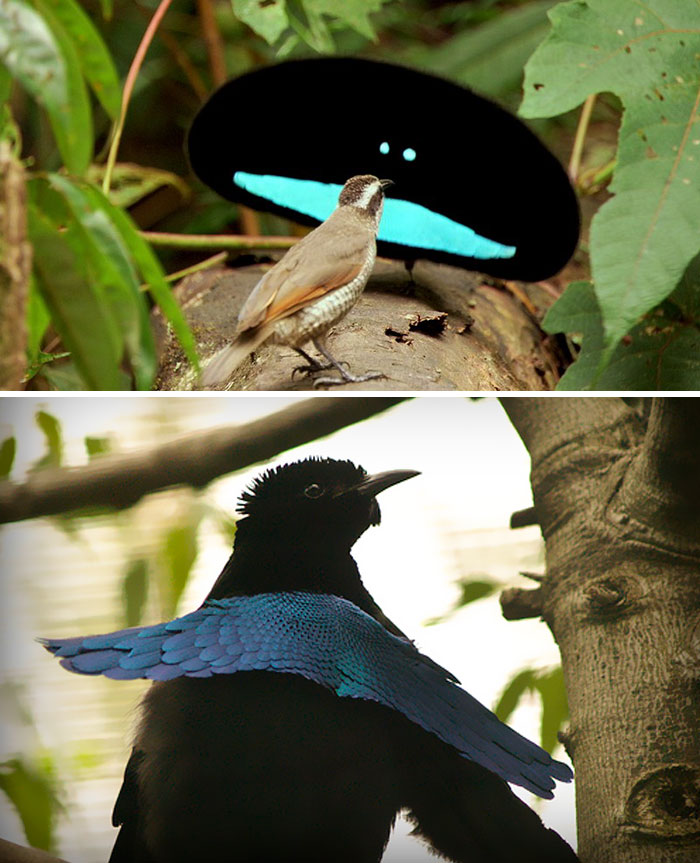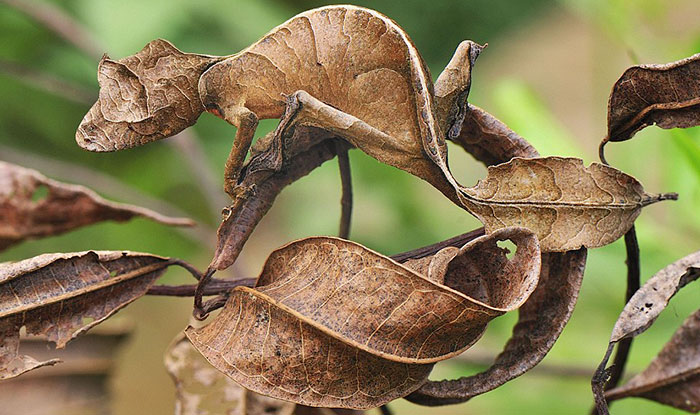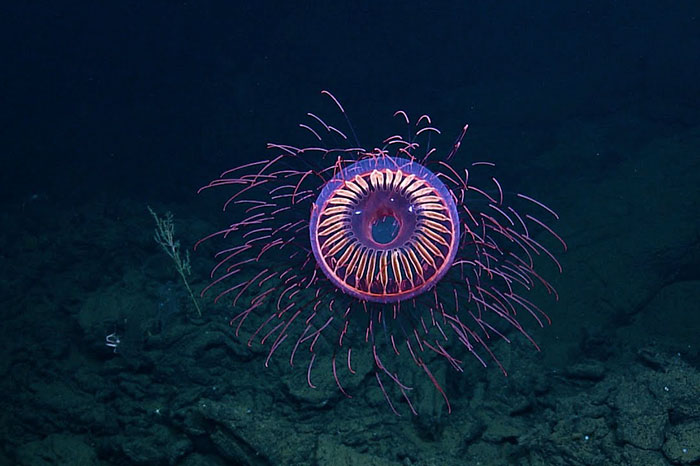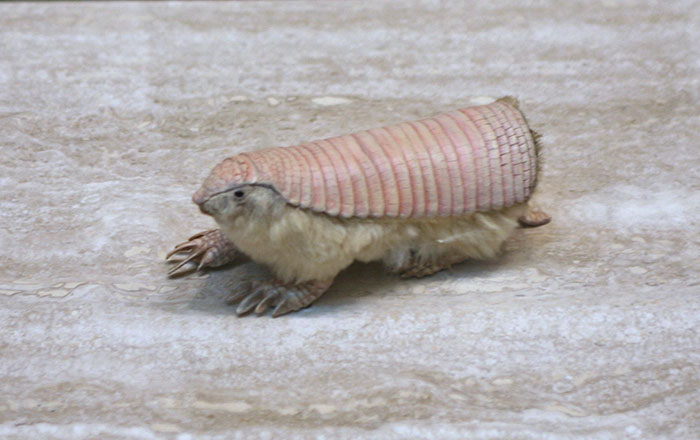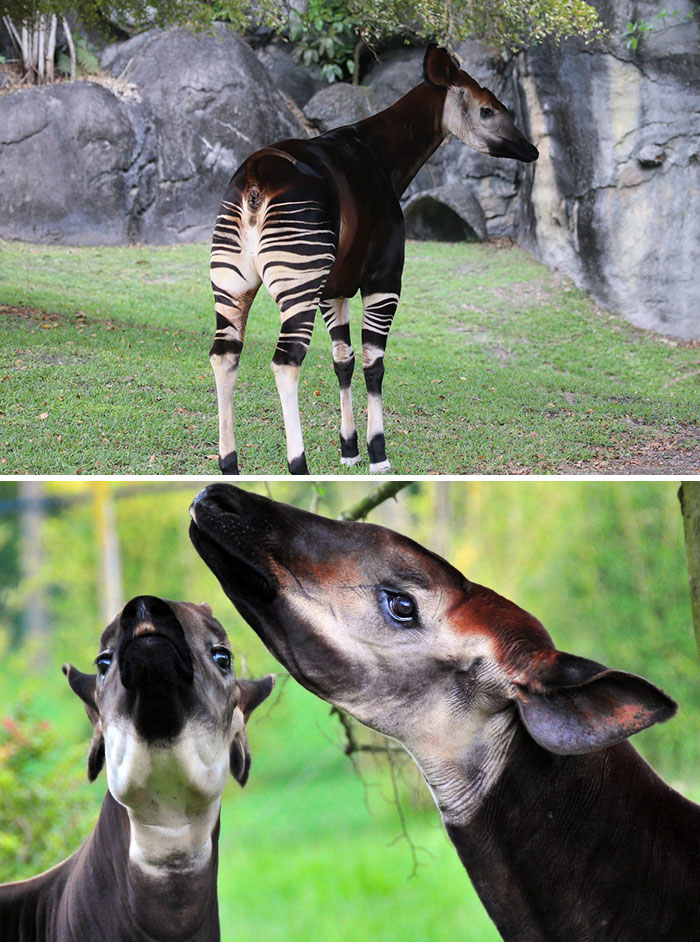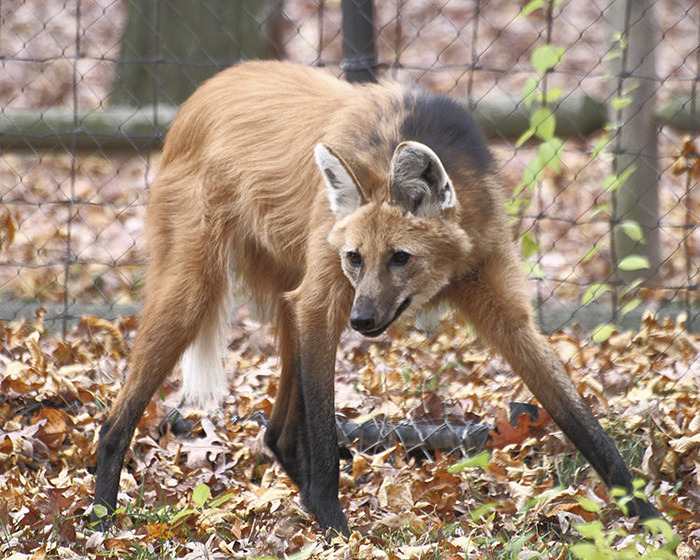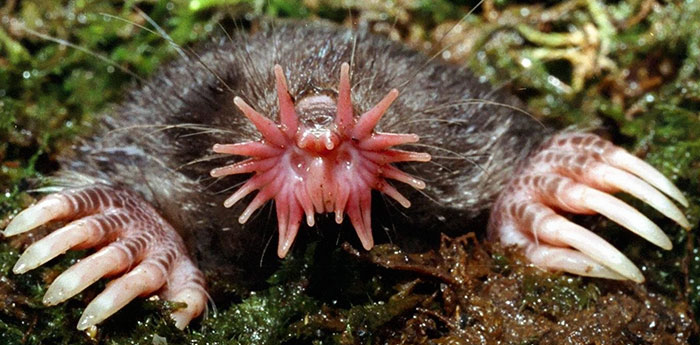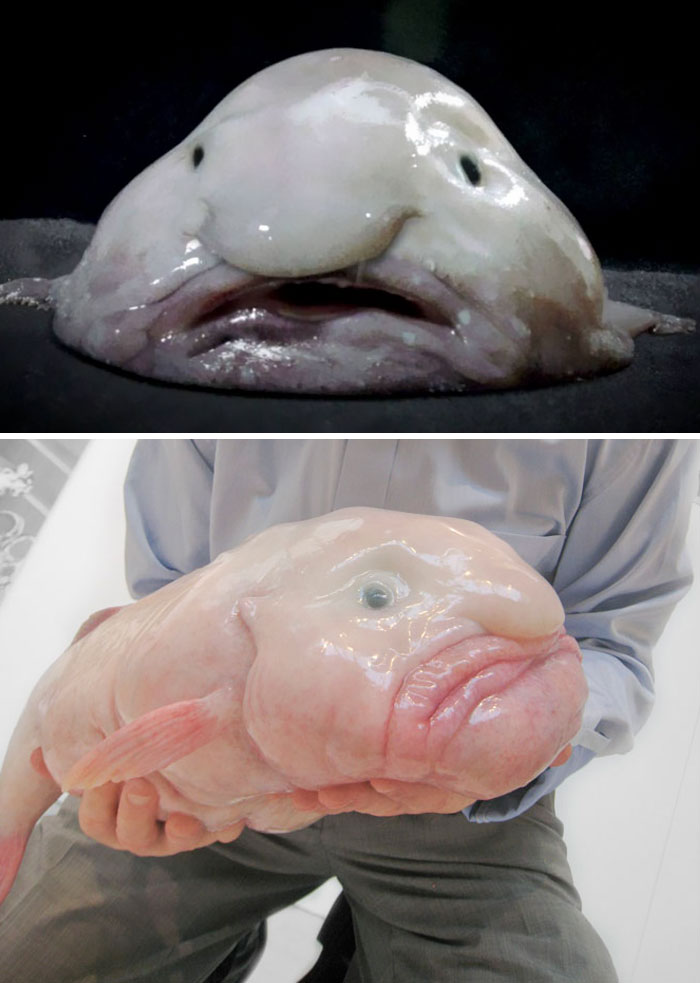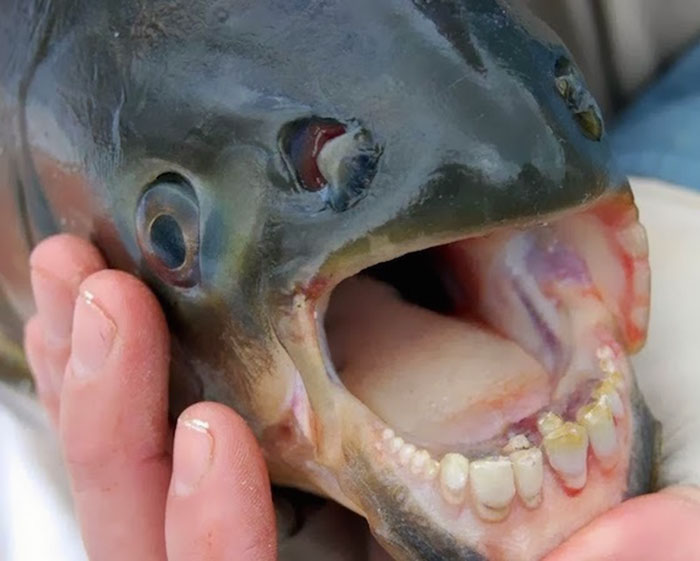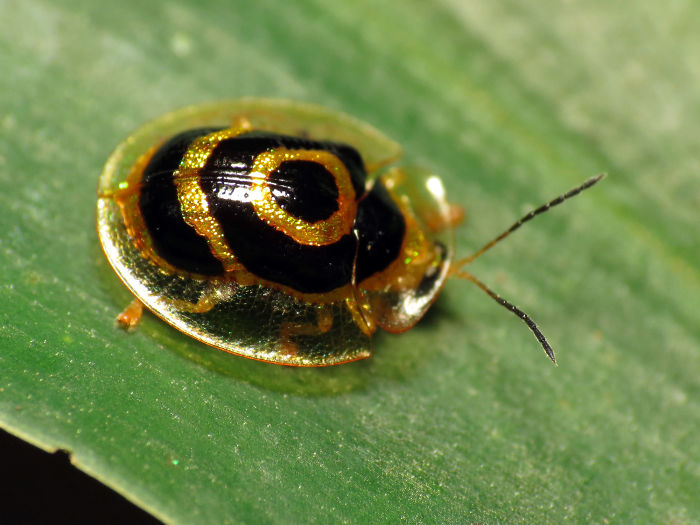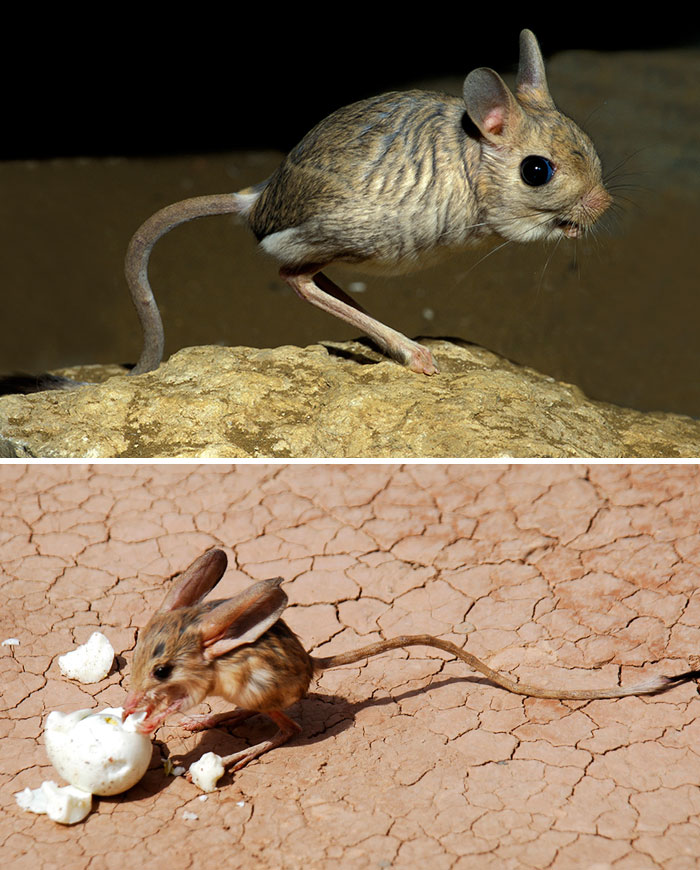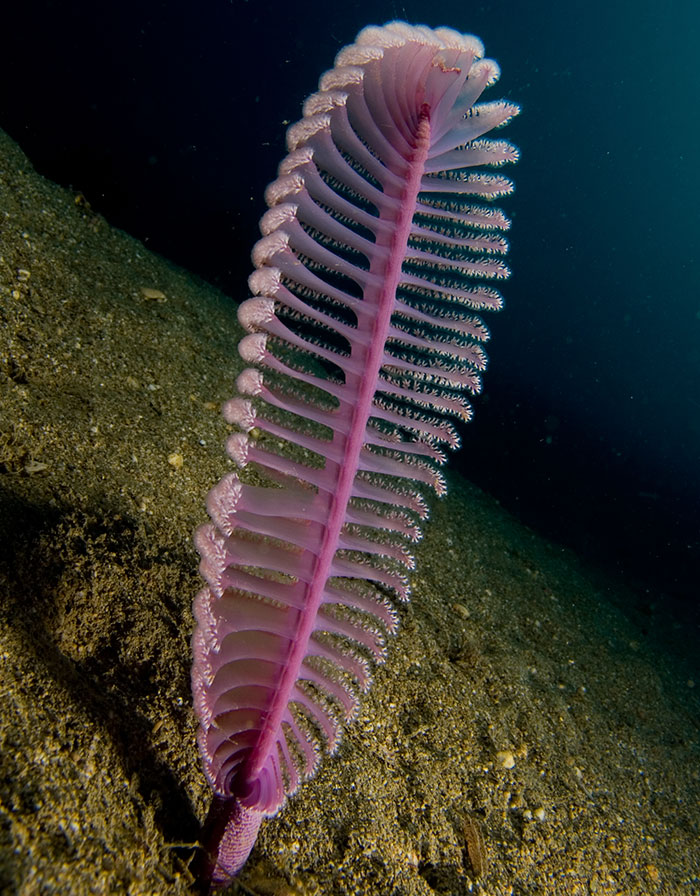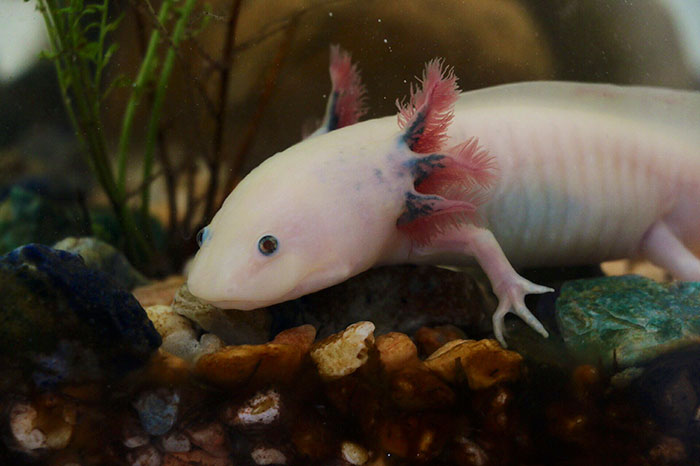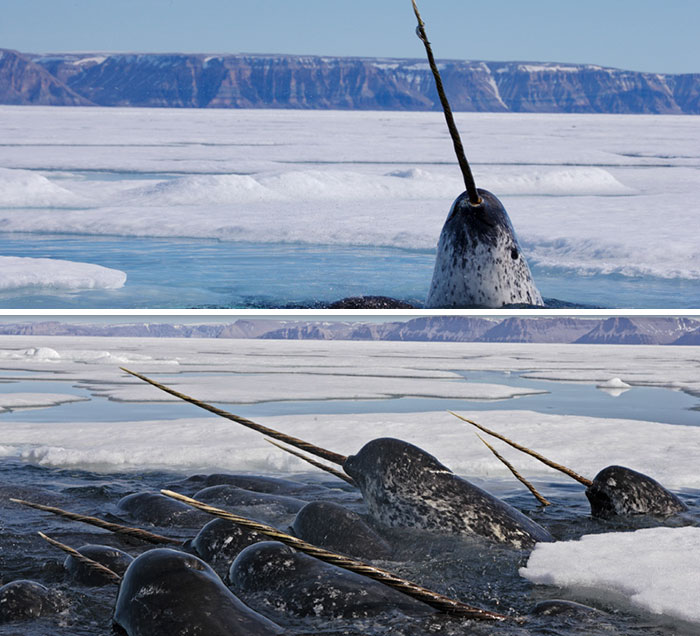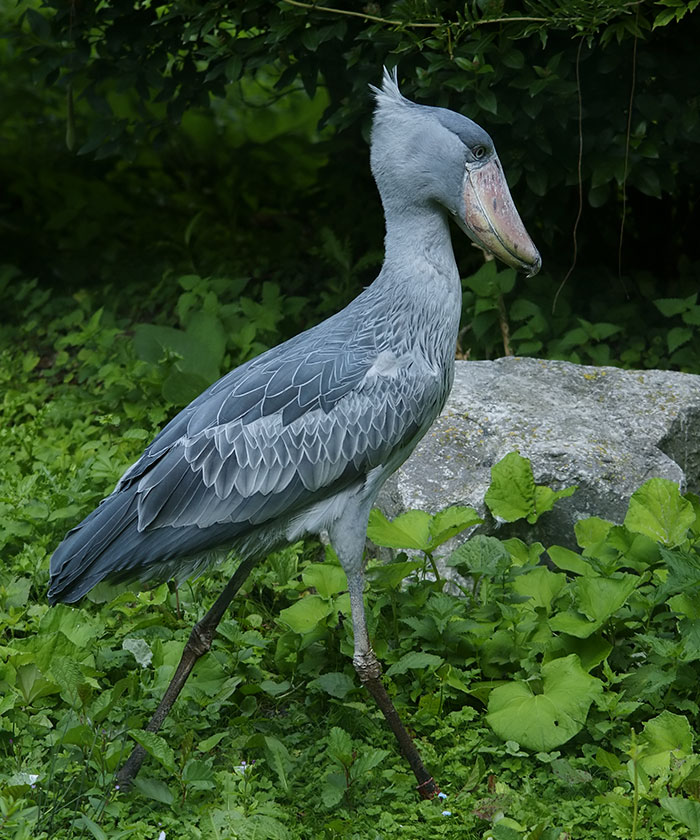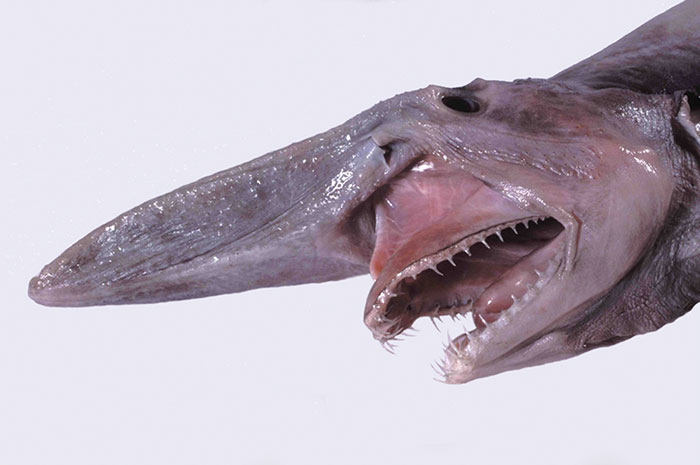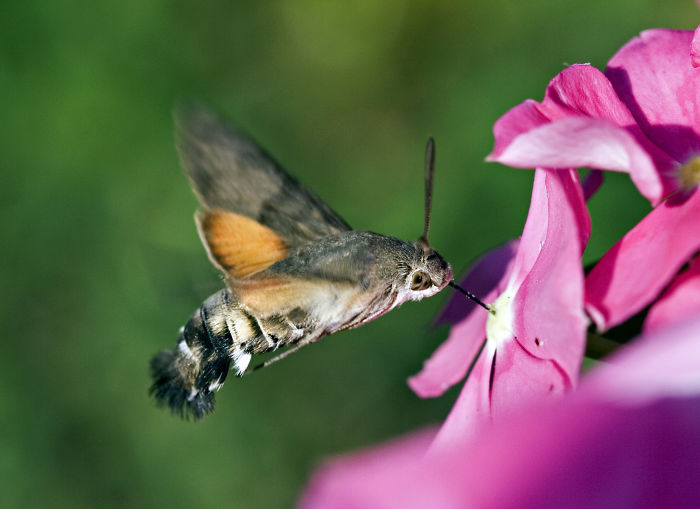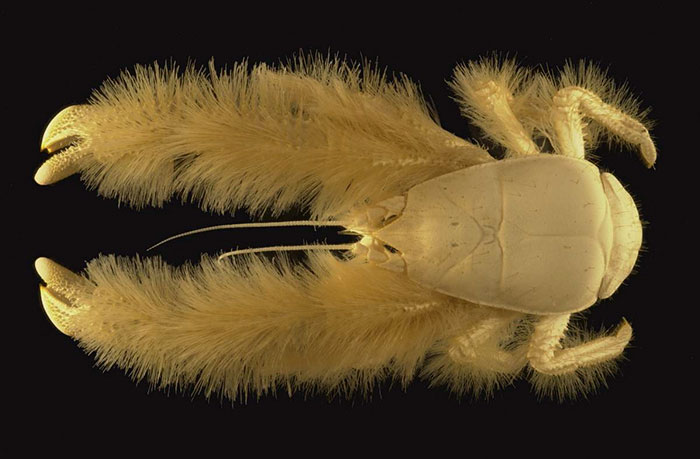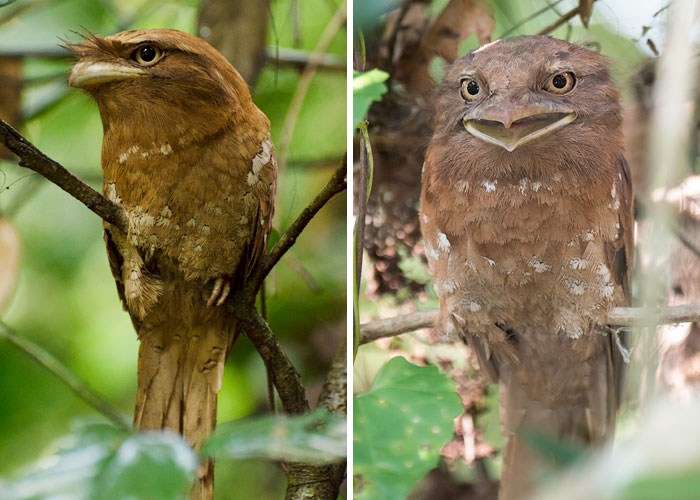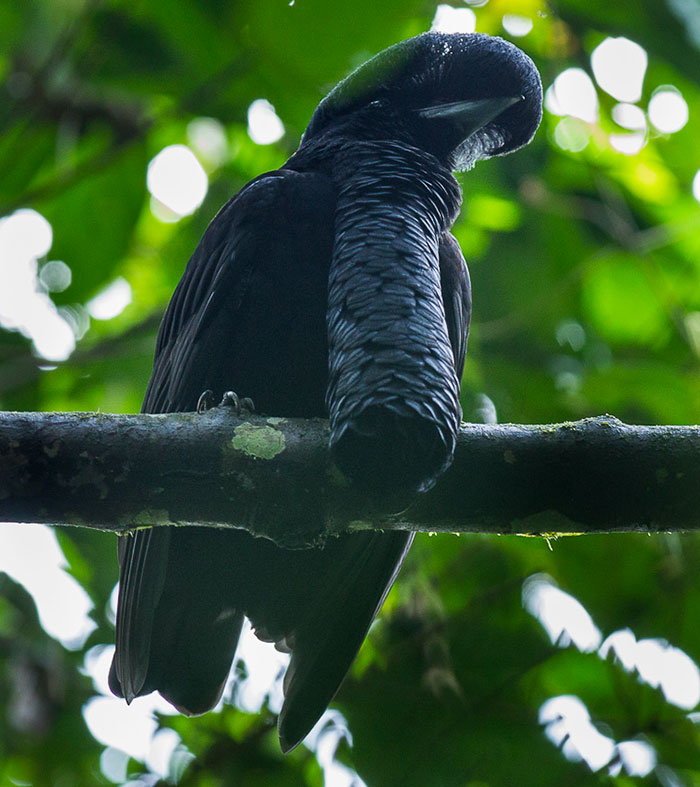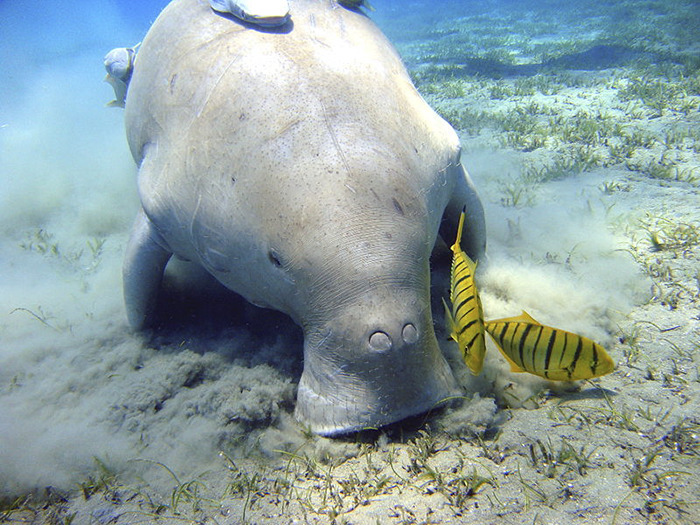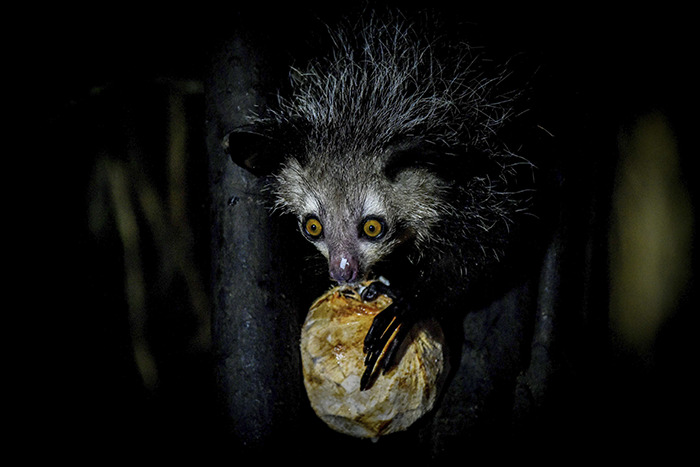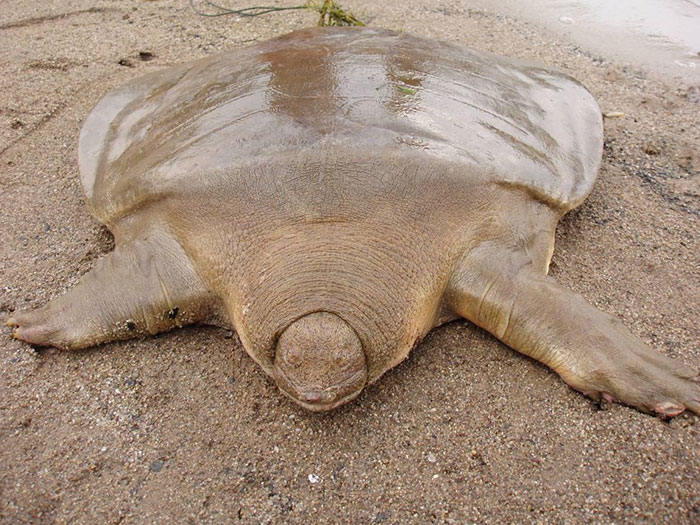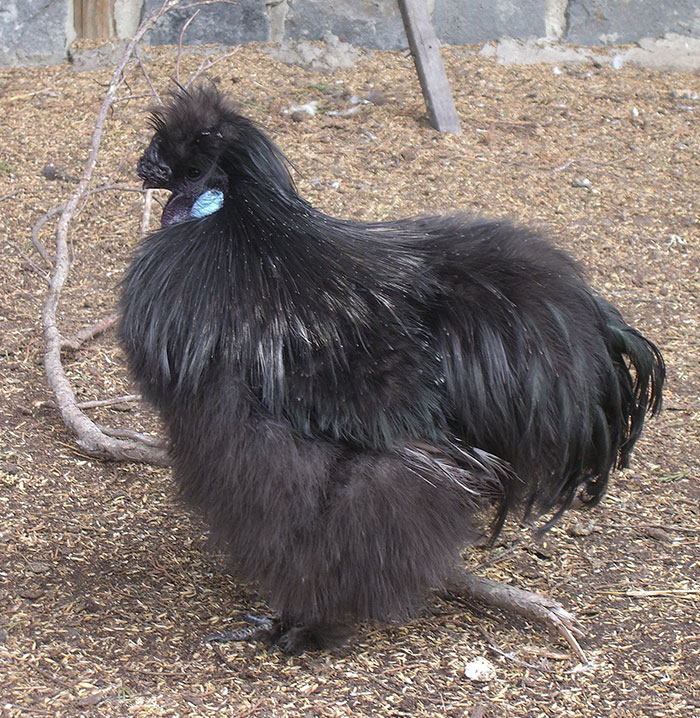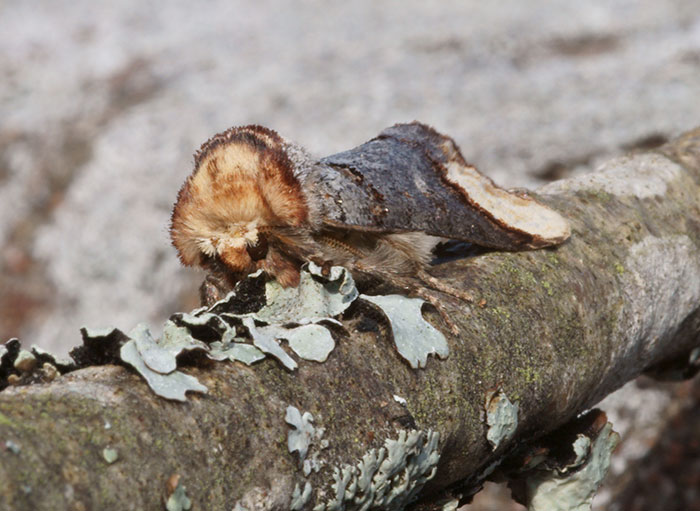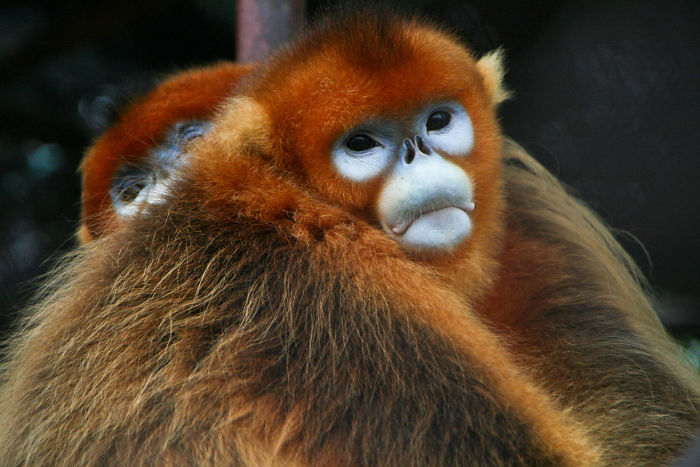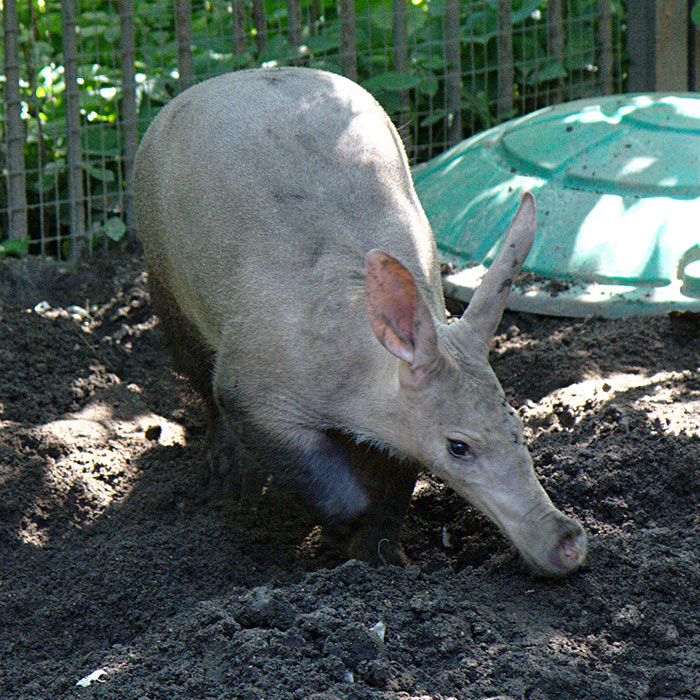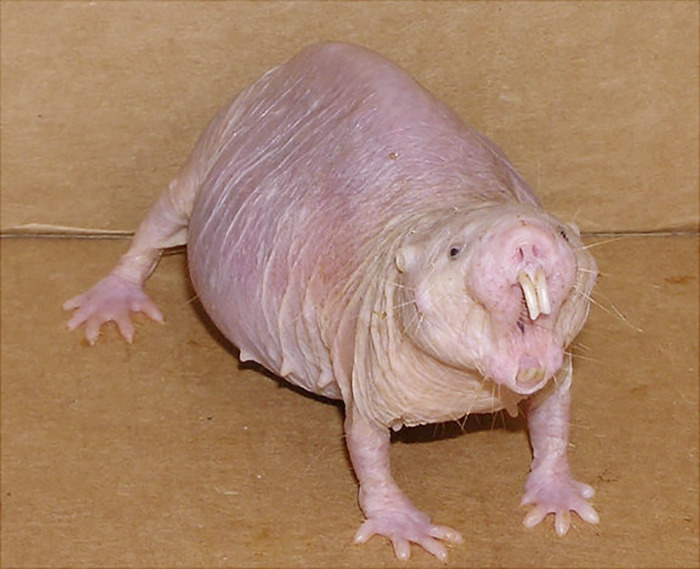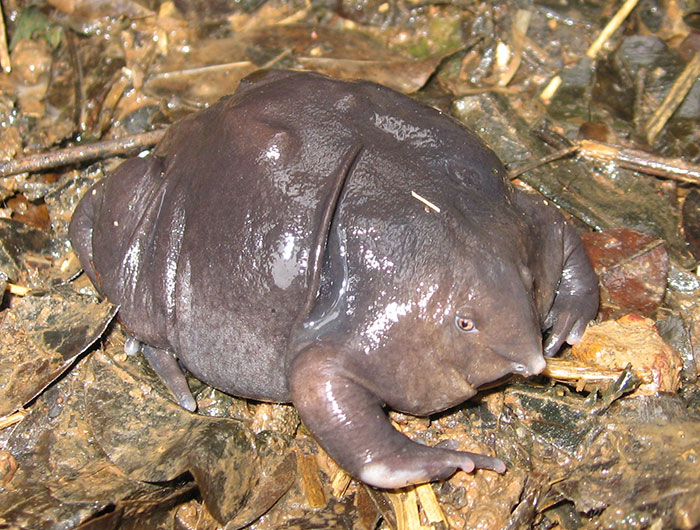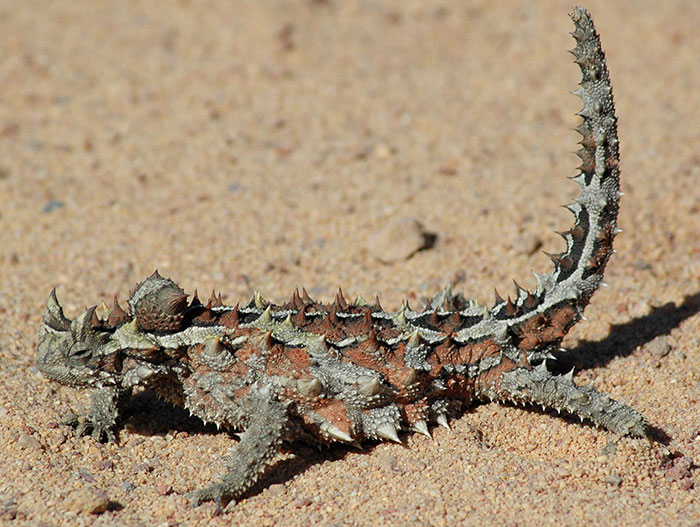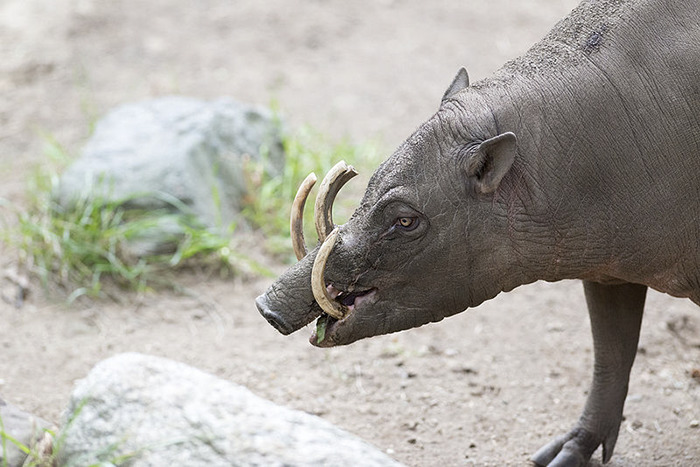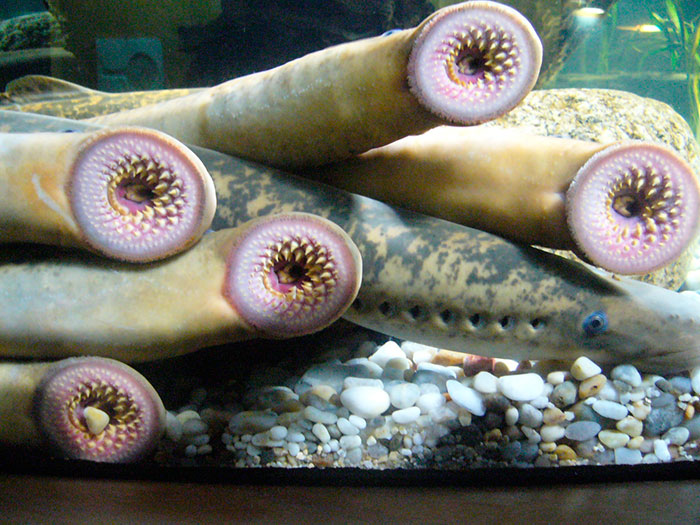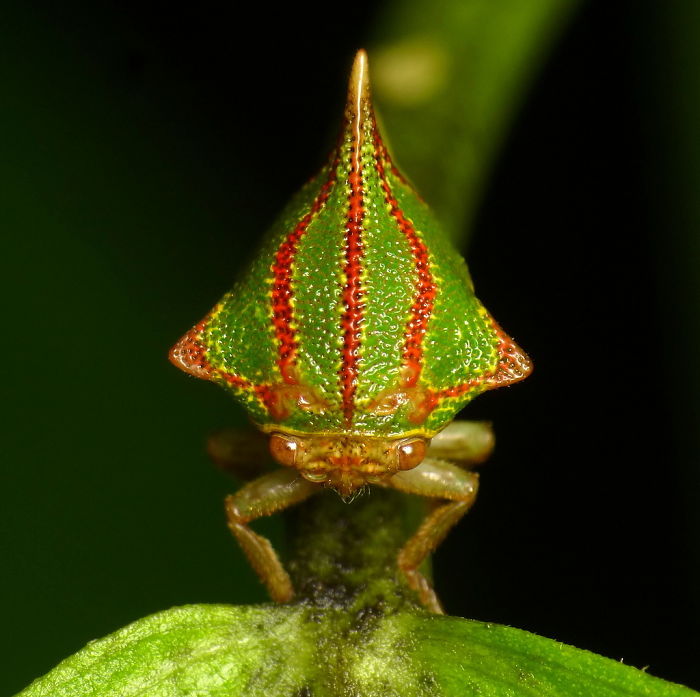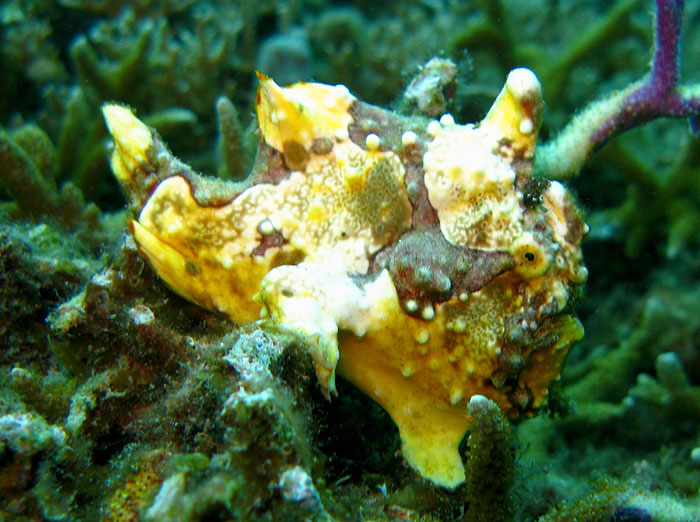61 Strangest Animals On Earth That You Probably Don’t Know Of
With more than 8 million species of living things on Earth, no wonder that nobody knows or has seen them all. And if you wanted to look at 8 million pictures of all the cool animals roaming the Earth, it would take around eight years if you’d spend 30 seconds for each photo and would do it non-stop, without any breaks for eating or sleeping. And with scientists discovering new rare animal species almost every day, this operation sounds quite unrealistic. That’s why we’ve chosen the most curious and weirdest animals of the bunch, so you won’t have to spend a decade checking them out yourself.
We’ve included land and sea animals, mammals and reptiles, and even bugs to this list, so you’d see many unique animals. A mammal that looks like a crossbreed between a zebra, a giraffe, and a moose? Sure, that’s an okapi! A fish that takes the shape of a blob? Of course, it even has a very appropriate name – blobfish! A weird-looking animal called thorny devil? Why, yes! After seeing these unusual animals, you’ll be amazed that these sometimes very unsightly beings inhabit the same planet as us!
Venezuelan Poodle Moth
Discovered in Venezuela in 2009, this new species of alien-looking moth has poodle-like fur covering its head, thorax, abdomen, and even its wings.
ucus Atlanticus
Also known as the blue dragon, this creature is a species of blue sea slug. You could find it in warm waters of the oceans, as it floats on the surface because of a gas-filled sack in its stomach.
Dumbo Octopus
Dumbo octopus is an umbrella octopus found all around the world. Its name comes from Disney’s “Dumbo” because of the creature’s ears bearing similarity to the movies’ title character.
Macropinna Microstoma
Macropinna microstoma is a species of fish that lives at a depth of about 600 metres (2,000 ft) to 800 metres (2,600 ft), hanging nearly motionless in the water. It is quite unusual with a transparent, fluid-filled dome on its head, through which the lenses of its eyes can be seen.
Irrawaddy Dolphin
Irrawaddy Dolphin is an oceanic dolphin found in the Bay of Bengal and Southeast Asia. Its most notable feature is a round head with no distinct beak.
Lowland Streaked Tenrec
Found in Madagascar, Africa, this small tenrec is the only mammal known to use stridulation for generating sound – something that’s usually associated with snakes and insects.
Red-Lipped Batfish
Found on the Galapagos Islands, this fish is actually a pretty bad swimmer, and uses its pectoral fins to walk on the bottom of the ocean.
Sunda Colugo
Sunda Colugo or Sunda flying lemur is a species of colugo, native to Indonesia, Thailand, Malaysia, and Singapore. It is not, in fact, a lemur and it does not fly, gliding instead. Sunda Colugo is active at night and feeds on soft plant parts like young leaves, shoots, flowers, and fruits.
Blue Parrotfish
This bright blue fish can be found in shallow water in the tropical and subtropical parts of the western Atlantic Ocean and the Caribbean Sea. They spend 80 percent of their time searching for food and eat small organisms found in the sand and algae that they scrape off rocks.
Glass Frog
Found in South America, the glass frog is a family of amphibians with some specimens exhibiting an outstanding feature — transparent abdomens. Because the internal viscera is visible through the skin, the common name they are given is glass frogs.
Fossa
Fossa is a cat-like mammal that lives in Madagascar. Its classification has been controversial because physically it resembles a cat, while other traits suggest relation to viverrids. Genetic research has shown that they are actually their own separate species.
Panda Ant
Despite looking like an ant and being referred as such, it is in fact a form of wingless wasp. This insect is also known as cow-killer. Females possess thicker fur but lack wings. The furry panda ant lives for about 2 years.
Tufted Deer
Found in central China, the tufted deer is a small species of deer characterized by a prominent tuft of black hair on its forehead and fang-like canines for the males. It is a timid, mainly solitary creature, that sometimes lives in pairs and enjoys living in areas with good cover.
Honduran White Bat
The Honduran white bat has distinctive white fur, with tips of individual hairs being gray as well as a leaf-shaped nose. They live in leaf ‘tents’ that they ‘build’ by cutting the side veins extending out from the midrib of large leaves.
Japanese Spider Crab
The Japanese spider crab lives in the waters near Japan and has the largest leg span of any arthropod, reaching up to 5.5 metres (18 ft). Despite looking ferocious, the crab has been reported to have a gentle disposition.
Saiga Antelope
This saiga, spread around the Eurasian steppe, is known for its an extremely unusual, over-sized, flexible nose structure, the proboscis. It is a critically endangered antelope.
Spiny Bush Viper
Atheris hispida is a venomous viper from Central Africa. For their extremely keeled dorsal scales they are often called “rough-scaled bush viper” and “spiny bush viper”.
Leafy Seadragon
Found along the southern and western coasts of Australia, the leafy seadragon is a marine fish with long leaf-like protrusions coming from all over the body, that serves as camouflage.
Atretochoana Eiselti Or ‘Penis Snake’
Atretochoana eiselti is a species of caecilian with a broad, flat head and a fleshy dorsal fin on the body. Although it is not a snake, it’s been called a ‘penis snake’ in the media.
Dik-Dik
Found in the bushlands of eastern and southern Africa, dik-dik is the name for any of four species of small antelope in the genus Madoqua. Dik-diks are herbivores that can tolerate air temperatures of up to 40 °C (104 °F).
Lilac-Breasted Roller
Widely distributed in sub-Saharan Africa and the southern Arabian Peninsula, the lilac-breasted roller is a colorful bird that likes perching in hight trees and other vantage points where it can spot prey at ground level. Their bright plumage is unmistakable with deep lilac breast feathers.
Mata Mata
Found in South America, the mata mata is a freshwater turtle known for a large, triangular, flattened head characterized with many tubercles and flaps of skin, and a “horn” on its long and tubular snout.
Sea Pig
Scotoplanes are sea cucumbers that live on deep ocean bottoms, specifically on the abyssal plain in the Atlantic, Pacific and Indian Ocean, typically at depths of over 1000 meters. They are deposit feeders, and obtain food by extracting organic particles from deep-sea mud.
Superb Bird-Of-Paradise
Superb bird-of-paradise is a small bird that has a small female population, therefore the competition amongst males is fierce. Because of that, they have one of the most bizarre and elaborate courtship displays in the avian world.The male is black with an iridescent green crown, blue-green breast cover and a long velvety black erectile cape covering his back, while the female is a reddish-brown bird with brownish barred buff below.
Satanic Leaf-Tailed Gecko
Satanic leaf-tailed gecko is a species of gecko that is found on the island of Madagascar. Their tail is flattened and appears to look like a leaf, helping the animal blend in within the environment.
Halitrephes Jelly
Halitrephes is a type of deep sea hydrozoan that lives at a depth of 4,000-5,000 feet.
Pink Fairy Armadillo
Found in central Argentina, the pink fairy armadillo is the smallest species of armadillo. They have small eyes, silky yellowish white fur, and a flexible dorsal shell that is solely attached to its body by a thin dorsal membrane.
Okapi
This mammal is native to the Democratic Republic of the Congo in Central Africa. Despite the zebra-like stripes, it is actually more closely related to giraffes. Okapi’s coat is a chocolate to reddish brown, much in contrast with the white horizontal stripes and rings on the legs and white ankles.
Maned Wolf
Maned Wolf is the largest canid found in South America. It bears a striking resemblance to foxes, but is neither a fox now a wolf. The maned wolf participates in symbiotic relationships with other species and is shy around humans.
Star-Nosed Mole
A a small mole found in wet low areas in the northern parts of North America, Star-nosed mole is easily identifiable by its snout which is used as a touch organ with more than 25,000-minute sensory receptors. Named Eimer’s organs, the receptors are great at deteting seismic waves.
Blobfish
The blobfish is a deep sea fish that inhabits the deep waters off the coasts of mainland Australia and Tasmania, Zealand. The body of the blobfish is primarily a gelatinous mass with a density slightly less than water and this allows it to float above the sea floor without expending energy on swimming. They only appear droopy when taken out of the sea, when pressure changes drastically.
Pacu
Pacu have square, straight teeth, which are uncannily similar to human teeth. Pacu, unlike piranha, mainly feed on plant material and not flesh or scales.
Golden Tortoise Beetle
Native to the Americas, the golden tortoise beetle is a species of beetle that varies in color from reddish-brown with black spots through gold, and often metallic, earning it the nickname “goldbug”. It tends to switch color in different conditions, such as during mating, and during times of disturbance, such as when it is touched by a researcher.
Gobi Jerboa
Found in China and Mongolia, The Gobi jerboa is a species of rodent that lives in desert and steppe habitats. They have a long tail that helps them to accelerate their bipedal gallop. The most distinct feature is Gobi jerboa’s ears that are almost as three times as large as their heads and give them a very keen hearing sense.
Sea Pen
Sea pen is a colonial animal with multiple polyps that ‘root’ itself in sandy or muddy substrate. They mainly catch plankton. When touched, some sea pens emit a bright greenish light.
Axolotl
Also known as a Mexican salamander, the axolotl is a critically endangered salamander. They are used extensively for research because of their regenerative qualities.
Narwhal
This medium-toothed whale has a large “tusk” from a protruding canine tooth and is found in the arctic, has been valued for over 1000 years by the Inuit people for its meat and ivory. Narwhals, however, are especially vulnerable to climate change.
Mantis Shrimp
Also called the “sea locusts“, “prawn killers” and even “thumb splitters”, this is one of the most common predators in tropical and sub-tropical waters. They have powerful claws that are used to attack and kill prey by spearing, stunning, or dismembering. Some larger species could even break through aquarium glass.
Shoebill
Shoebill is a large stork-like bird which gets its name from its enormous shoe-shaped beak. The bird lives in tropical east Africa in large swamps and is known for its slow movements and tendency to stay still for long periods thus species getting described as “statue-like”.
Patagonian Mara
Found in Argentina, the Patagonian mara is a large rodent. While it is monogamous, the animal often breeds in warrens that are shared by several pairs. They mostly resemble hares.
Goblin Shark
This rare shark is sometimes even called a “living fossil”, “is the only extant representative of the family Mitsukurinidae, a lineage some 125 million years old.” Goblin sharks inhabit the depths greater than 100 m (330 ft), with adults found deeper than juveniles. Given the depths at which it lives, the goblin shark poses no danger to humans.
Hummingbird Hawk-Moth
As this hawk-moth feeds on flowers and makes a similar humming sound, it looks a lot like a hummingbird. What’s interesting is that it is surprisingly good at learning colors.
Yeti Crab
Kiwa hirsuta, or “yeti crab” is a crustacean notable for the quantity of silky blond setae covering its thoracic legs, including claws. It lacks pigment and has reduced eyes, which is why it’s thought to be blind.
Sri Lanka Frogmouth
Sri Lanka frogmouth is found in the Western Ghats of south India and Sri Lanka. A nocturnal bird, Sri Lanka frogmouth has a wide and hooked bill with slit-like nostrils and a large head with eyes facing forward to provide a wide field of binocular vision.
Long-Wattled Umbrellabird
Native to Colombia, the long-wattled umbrellabird is a frugivorous bird. The male is distinguished by a large throat wattle of feathers, while females and juveniles have no or a much smaller wattle.
Dugong
A medium-sized marine mammal, Dugong is the only sirenian in its range, which spans the waters of some 40 countries and territories throughout the Indo-West Pacific. They are considered as the inspiration for mermaids. The dugong’s body is large with a cylindrical shape that tapers at both ends.
Giant Isopod
This one is the largest of the existing isopods. They’re a good example of deep-sea gigantism, as they are far larger than the “typical” isopods that are up to 5 centimetres (2.0 in).
Aye-Aye
Native to Madagascar, aye-aye is the world’s largest nocturnal primate. The most defining characteristic is aye-aye’s way of feeding; the aye-aye taps on trees to find grubs, then gnaws holes in the wood using its forward slanting incisors to create a small hole in which it inserts its narrow middle finger to pull the tasty treat out.
Cantor’s Giant Softshell Turtle
Cantor’s giant softshell turtle is a freshwater turtle that lives in Southeast Asia. It is relatively unstudied and considered endangered species. The turtle has a broad head and small eyes close to the tip of its snout and spends most of the time buried and motionless, resurfacing only twice a day to breathe.
Silkie Chicken
Named for its fluffy plumage that feels like silk, the silkie is a breed of chicken known for its unusual qualities like black skin and bones, blue earlobes, and five toes on each foot, where most chickens only have four. They are among the most docile of poultry, having a calm, friendly temperament.
Gerenuk
Found in Africa, Gerenuk is is a long-necked antelope with a long, slender neck and limbs. Also known as giraffe gazelle, the animal spends most of the day foraging and feeding.
Buff-Tip Moth
Found in Europe and Mongolia, the buff-tip is a quite large moth that resembles a broken twig when resting. Buff-tip’s hindwings are creamy-white.
Snub-Nosed Monkey
Native to Asia, snub-nosed monkeys get their name from the short stump of a nose on their round faces, with nostrils arranged forward. They have a multicolored and long fur and grow up to 51 to 83 cm tall.
Aardvark
Native to Africa, the aardvark is a medium-sized, burrowing, nocturnal mammal that has a long pig-like snout, which it uses to sniff out food. It feeds on ants and termites, which it will dig out of their hills using its sharp claws and powerful legs.
Naked Mole-Rat
Also known as the sand puppy, the naked mole-rat is a burrowing rodent found in parts of East Africa. Thanks to its unusual set of physical traits it thrives in a harsh underground environment and is the only mammalian thermoconformer, almost entirely ectothermic (cold-blooded) in how it regulates body temperature. The naked-mole rat lacks pain sensitivity in its skin, and has very low metabolic and respiratory rates.
Indian Purple Frog
Found in India, this species of frog has bloated body and an unusually pointy snout. The frog spends most of its life underground and surfaces only during the monsoon, for mating.
Thorny Devil
Thorny devil, also called thorny dragon is a lizard found in Australia. The lizards are coloured in camouflaging shades of desert browns and tans that change from pale to dark depending on the season. In addition to sharp spikes that cover its skin, thorny devil also has a fake head that it presents when threatened.
Babirusa
Also known as a deer-pig, babirusa is a type of swine found in Indonesia. They are most notable for large upper canines in the males that can grow up to 40cm long.
Sea Lamprey
The sea lamprey is a parasitic lamprey that lives in the Northern Hemisphere. Its mouth is jawless, round and sucker-like, with sharp teeth arranged in many circular rows.
Umbonia Spinosa
Umbonia spinosa is a type of thorn bug, native to South America. They use their beaks to pierce plant stems to feed upon their sap.
Warty Frogfish
The warty frogfish is also known as clown frogfish and has a globulous, extensible body, and its soft skin is covered wart-like protuberances. Their large mouth allows them to consume prey as big as their own bodies.
